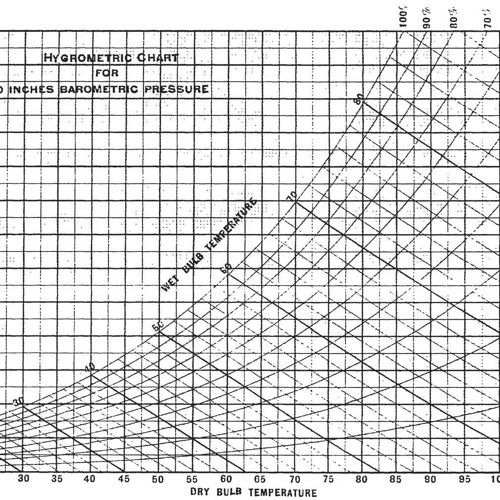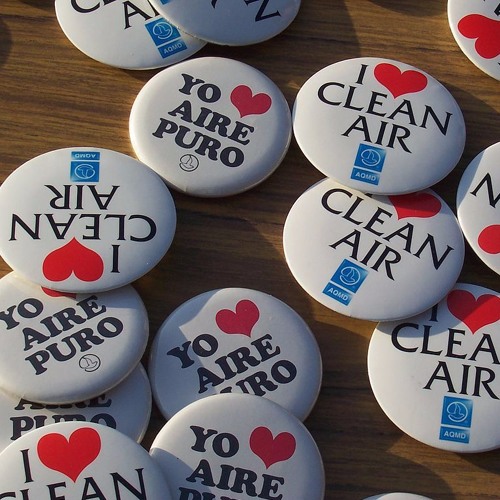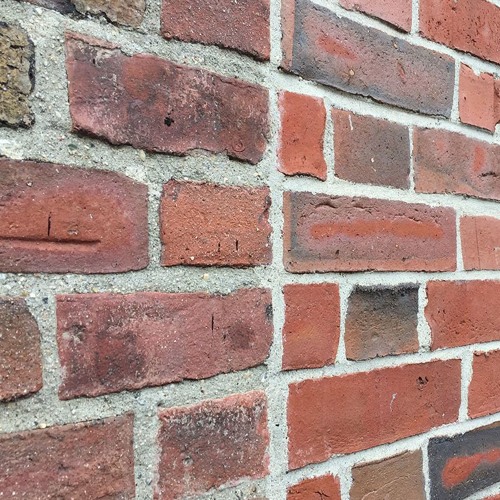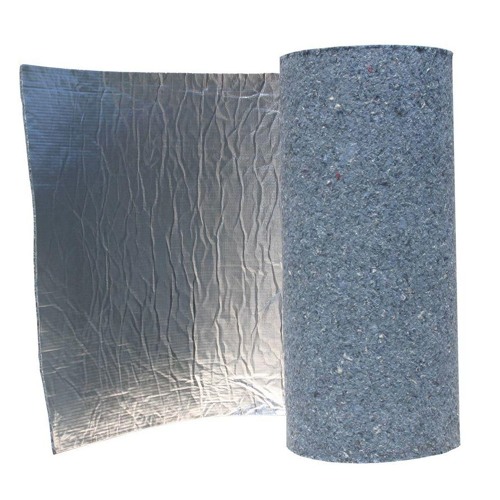In this episode, Allen Sealock, the product director for ZIP Systems with Huber Engineered Woods leads the conversation about the pressure-sensitive adhesives that are used on construction tapes.
What viscoelasticity is
vis·co·e·las·tic·i·ty | ˈvisˌkō ēˌlaˈstisədē/
"Viscoelasticity is what we’re talking about and that is the property of a material that exhibits the viscous nature of a liquid but also the elastic nature of a solid."
—Allen Sealock
How viscoelasticity works
Many people think that what causes a tape to be sticky is some sort of chemical reaction or a chemical bond, and it’s not that. It’s actually a physical bond. And it's the viscoelasticity that drives that. What I mean by that is the viscosity of the adhesive is what allows it to ‘wet out’ onto the substrate. And the elasticity of it is what allows the adhesive to resist separation when a force is applied to it.
So, the tape needs to stick to the wall sheathing, but the adhesive also needs to stick to itself, otherwise, the tape would fall off and the sticky gunk would stay.
You basically have two forces—molecular forces—that come into play with the molecules: adhesive forces and cohesive forces. So the adhesive force would be when dissimilar molecules are involved. So you have the molecules of the adhesive and the molecules of the substrate.
Adhesive forces stick the tape to the plywood.
The cohesive part is within the same molecule, so the molecules within the adhesive are attracted to themselves.
The adhesive force sticks the tape to the wall, and the cohesive force keeps it there.
So it’s that pull to themselves that’s allowing the tape not to separate. It provides enhanced peel strength or ability to stick to the substrate.
For the adhesion and cohesion to activate, the molecules need pressure
Because most of these tapes use a pressure-sensitive adhesive, people often overlook the need for applying pressure. But it’s the pressure that activates the viscosity of the adhesive and gets it to flow into the substrate, whatever that may be—OSB, framing lumber and so forth.
So you really need the pressure to engage or get the adhesive moving so it has the ability to wet out, work its way into the voids of the material.
The pressure comes from using a j-roller, plastic squeegee, or some other tool to mash the tape into the surface so the adhesive can blanket the topography
Not only does it help prevent fishmouths and wrinkles in the tape, but it kicks in the gear of viscous flow that enables the adhesive to work its way into all the nooks and crannies of what you’re trying to stick it to.
The other critical variable is the temperature range
If it, for instance, is colder than is recommended for that given chemistry, then the adhesive will be too stiff, and it won’t flow well and therefore it won’t wet out on the surface of the substrate.
If the tape isn’t very adhesive, who cares if it is cohesive, right?
If you’re operarting outside the recommended temperature range, too cold, you could put it on a vertical wall, and it might stick slightly, but even gravity will be enough to cause the tape to peel off because it didn't get a good bond to the substrate.
Sometimes people will staple the tape in place so that as it warms up, the tape will stick better, but that’s not very effective because pressure needs to wet the adhesive into the surface.
On the opposite end, if it were too hot, it’ll flow too much and it can be moved around if you were to step on it or push on it with your hand, the adhesive will just slide right off.
UV degradation can affect adhesive-cohesive performance
This can be seen on a hot, sunny roof deck. If you step on tape or peel and stick that is stuck to the roof sheathing, you can sometimes see it slide when it is hot enough outside. And speaking of hot, sunny, roofs there is another environmental factor involved in viscoelastic longevity.
UV degradation can start to break down those molecular bonds, the cohesive bonds that I’m referring to, so many tapes will have UV inhibitors in the films.
Tapes, in most cases are multi-layer construction, so you have an adhesive layer and then you might have two or three different materials that make up the backing film. So if you have UV inhibitors in there, it’ll slow down any degradation from UV that could ultimately break down the adhesive strength.
Time seals all wounds...
Once you install the tape and roll it into the surface, it can take a couple of days to reach maximum stickiness depending on what kind of tape you’re talking about.
It varies, based on the viscoelastic properties of whatever given adhesive chemistry you’re using. An acrylic, as an example, tends to build adhesive strength over time because it more slowly wets out. So, as time goes on after rolling, you’re continuing to get wet out, so the strength is building.
Other chemistries like butyl might have more flow initially and so it achieves higher adhesive strength right up front, but then that might degrade over time.
I already said that Allen was illustrating viscosity to me with a cup of high-quality beer. Now that we were toward the end of our interview, and the beer in his cup was about gone, I asked him for secret insight into what is coming down the tape turnpike of tomorrow.
I think there’s going to be more interest in vapor-permeable tapes going forward. I think as tapes are becoming more and more accepted as key components of a WRB or an air barrier system, people are going to start thinking more about the vapor permeance aspects of it to ensure proper drying potential.
Drying potential is critical to a building assembly, and learning potential is critical to your success. Because you get paid for what you do and what you know. Now that you know how viscoelasticity relates to tape sticking where you put it, make sure to stick these podcasts into your feed at iTunes, SoundCloud, and The Google.
And when you do, give us a big thumb’s up and positive review. It’ll help us get found in their algorithms.
![]()











